Infrastructure
Thailand Pitches $28 Billion Game-Changing Sea Route To Link Asia-Pacific With India And Middle East
V Bhagya Subhashini
Nov 15, 2023, 02:06 PM | Updated 02:18 PM IST
Save & read from anywhere!
Bookmark stories for easy access on any device or the Swarajya app.
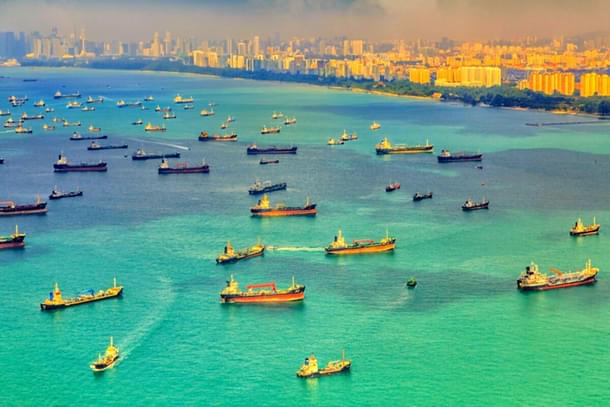
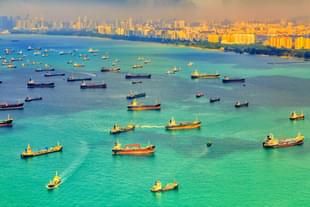
Thailand is proposing a groundbreaking multibillion-dollar initiative aimed at significantly reducing shipping times between the Indian and Pacific oceans by circumventing the Malacca Strait, one of the world's busiest sea routes.
Prime Minister Srettha Thavisin, speaking to investors in San Francisco, announced that the ambitious project could slash travel times by an average of four days and reduce shipping costs by 15 per cent.
With projections indicating that the Malacca Strait will surpass its capacity by 2030, Prime Minister Thavisin emphasised that the Landbridge project would ensure a seamless flow of goods.
The estimated cost for the project is around one trillion baht ($28 billion), involving the construction of seaports on either side of Thailand's southern peninsula, connected by extensive highway and rail networks.
This proposed 100-kilometre (62-mile) connection would replace an older Thai proposal to dredge a canal through the Kra Isthmus.
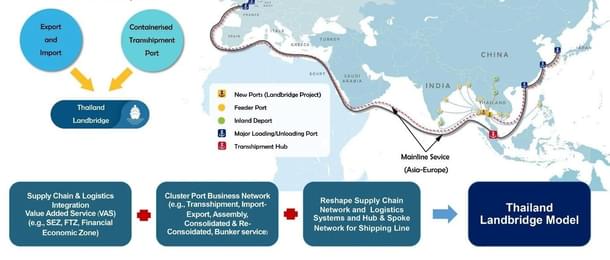

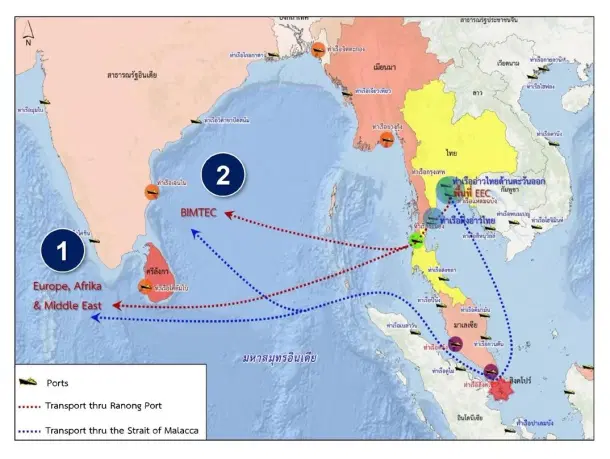
The Malacca Strait, a narrow sea passage between Malaysia and Singapore, currently serves as the shortest route linking the Asia-Pacific region to India and the Middle East.
Approximately a quarter of the world's traded goods traverse this strait, making it a vital but congested maritime corridor.
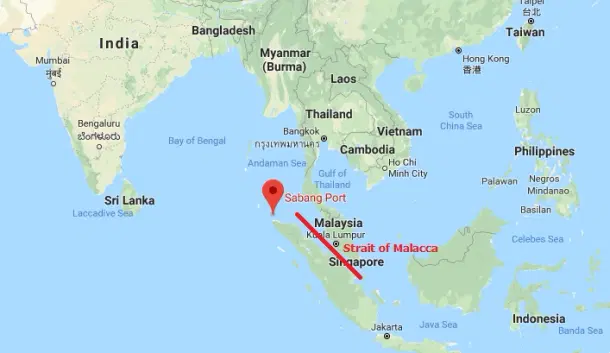
Prime Minister Thavisin highlighted the escalating shipping costs and the alarming frequency of over 60 maritime accidents annually in the passage.
Describing the Landbridge as an "additional important route" that offers a solution to the challenges of the Malacca Strait, Thavisin asserted that it would provide a cheaper, faster, and safer alternative.
The proposed ports, one on the west and the other on the east are designed to handle 19.4 million and 13.8 million tonne equivalent units (TEUs), respectively, collectively constituting about 23 per cent of the Port of Malacca's total cargo.
The initiative would create 280,000 jobs and boost Thailand's annual economic growth rate to 5.5 per cent upon full implementation, reports Economic Times.
Thailand aims to complete the Landbridge project by 2030, and foreign investors will be permitted to own more than 50 per cent of joint ventures with local companies for constructing the ports and related infrastructure.
According to the Office of Transport and Traffic Policy and Planning, the deep-sea ports of Ranong in the Andaman Sea and Chumphon in the Gulf of Thailand may cost 630 billion baht.
How Is The Project Of Relevance To India?
The Landbridge project addresses a major concern for India's trade routes. The Malacca Strait, through which a substantial portion of India's maritime trade passes, is prone to congestion, leading to delays and increased shipping costs. By offering an alternative route, the Landbridge project could provide India with a more efficient and reliable pathway for its imports and exports.
Secondly, the shortened travel time and lowered shipping costs promised by the Landbridge could contribute to enhanced economic ties between India and the Asia-Pacific region. As India seeks to strengthen its economic partnerships and increase trade volumes, having access to a more streamlined and cost-effective maritime route can play a pivotal role in achieving these goals.
V Bhagya Subhashini is a staff writer at Swarajya. She tracks infrastructure developments.





